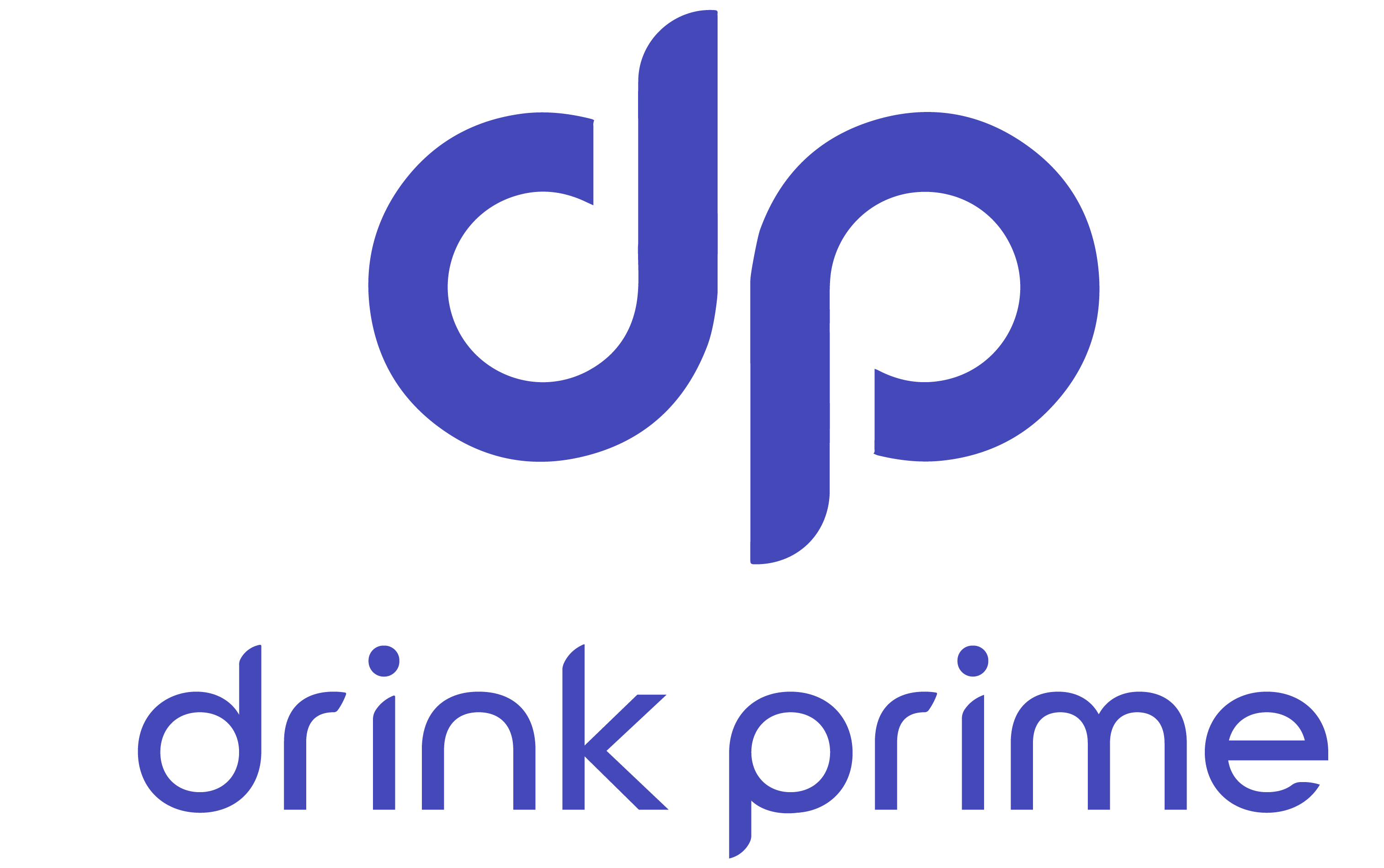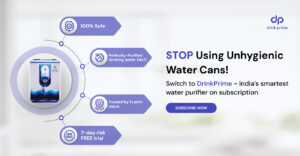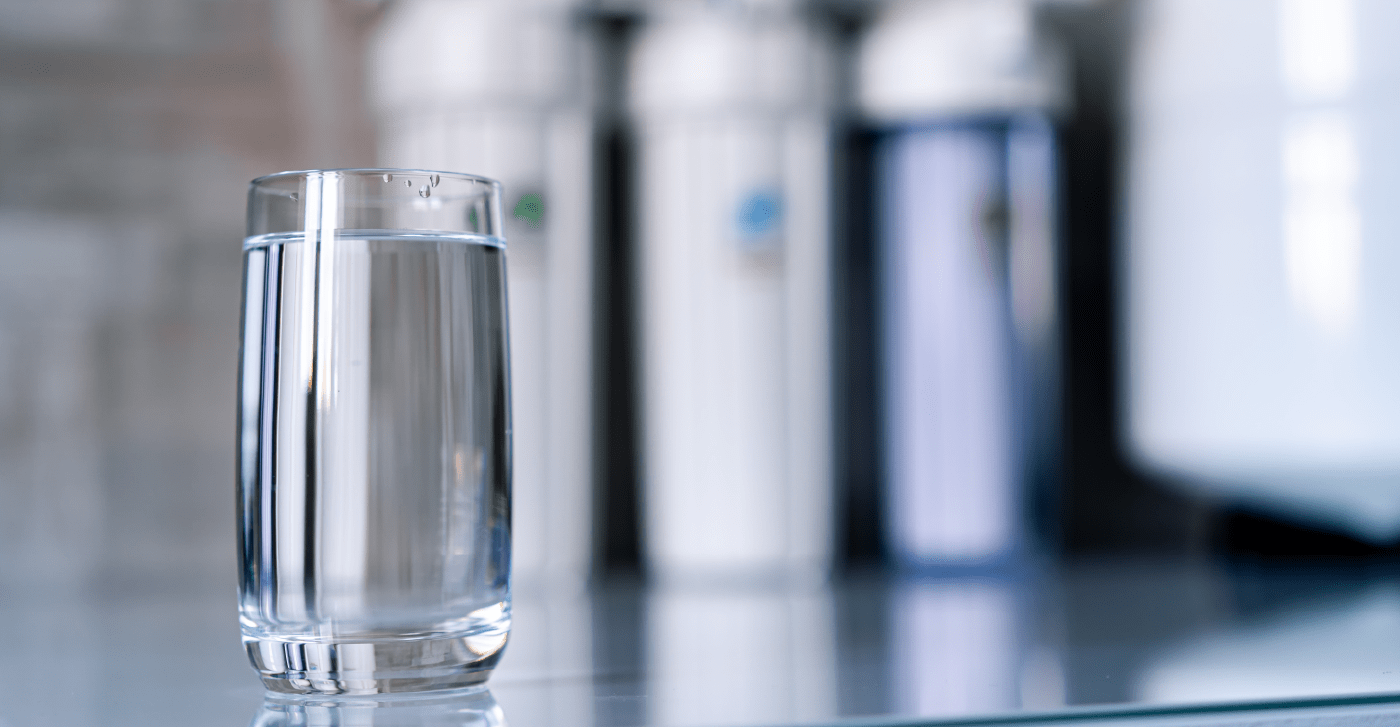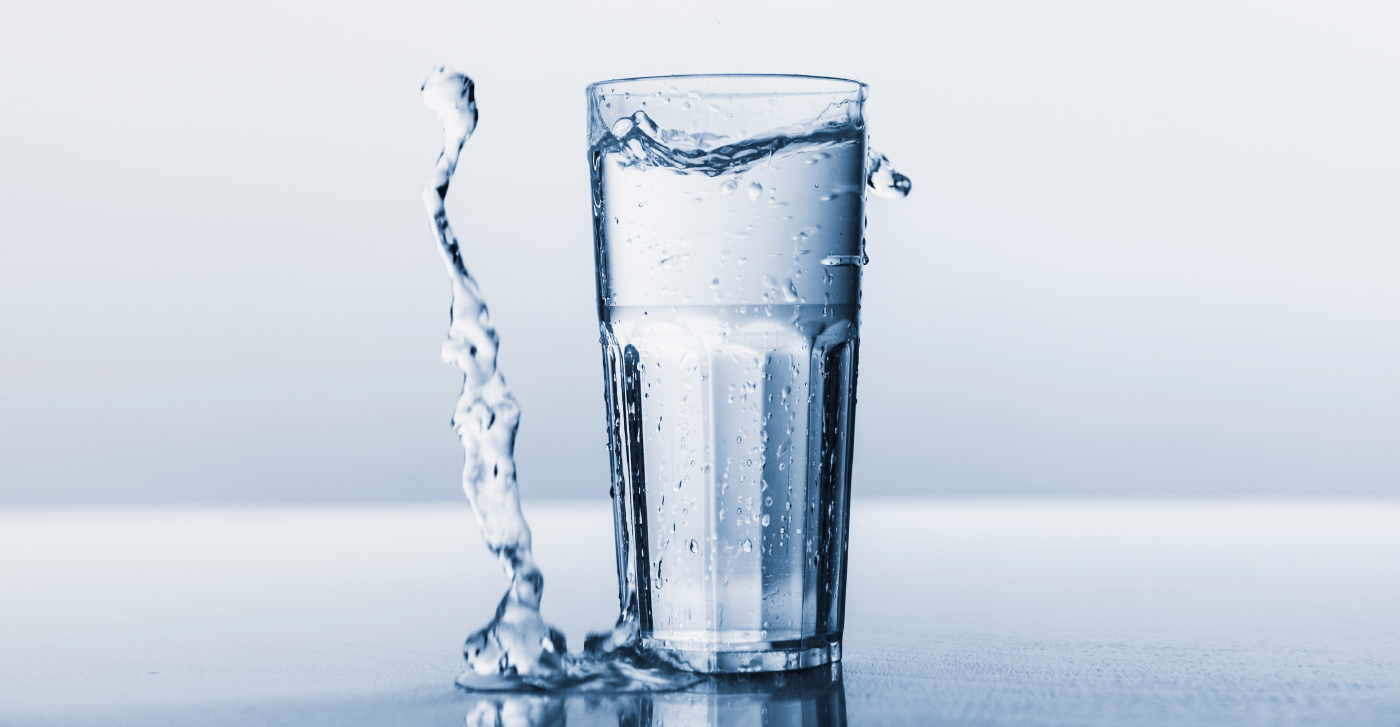Water is very important for life. It supports ecosystems, helps with farming, and fulfills the daily needs of people around the world. Despite its importance, water often becomes unsafe due to different pollutants, causing serious problems for the environment and public health. Water is something that needs to be consumed in the right way, a small difference in the quality of the water can cause a lot of serious damage.
Let’s explore the main question: How does water become unsafe to consume? To find solutions, we need to understand the many factors that contribute to water pollution.
Various things make the water dirty, and human actions are a big part of it. Industries release chemicals into water; farming also plays a role, as the chemicals used on farms can end up in water sources, and incorrect disposal of waste, whether from homes or industries, adds to water pollution.
We must urgently address water pollution produced by industries, agriculture, garbage, and urban areas. To keep water clean, we must promote awareness, implement sustainable practices, and invest in better infrastructure. Solving these difficulties is more than just environmental protection; it is a promise to keep current and future generations healthy.
How does water become contaminated?
When dangerous compounds are mixed into water, it becomes unsafe. This can happen in a variety of ways, and it is not desirable because it might render the water unsafe to use or drink.
1. Industrial waste
Occasionally, factories and industries discharge pollutants into rivers and lakes. These chemicals can affect both the water and the animals that live in it. When farmers apply fertilizers and pesticides to their crops, the rain can wash the pollutants into rivers, rendering the water hazardous to drink.
2. Littering
People also play a role in this. When we dispose of rubbish improperly, such as pouring oil down the drain or leaving plastic on the ground, it might end up in the water. When it rains in cities, water rushes off roads and buildings, gathering up filth and pollution along the way before draining into rivers.
3. Age-old pipelines
Old pipes that carry water to our homes can sometimes add bad things to the water, like metals. If sewage systems don’t work well, germs from human waste can also get into the water, making it unsafe.
To keep water pure, we must be mindful of what we put in it and take action to prevent pollution from companies and farms. It is critical to take care of our water so that it remains safe for everyone to consume.
What are the five ways water can be contaminated?
1. Industrial Discharges
Chemicals released by factories and businesses into rivers and lakes can be dangerous. This makes the water unsafe and may harm the animals and plants that dwell there. It messes up the quality of the water and how well everything underwater can live. So, when factories release these bad things into the water, it causes a problem for the water and everything that needs it. We have to be cautious about what factories release into the water to make sure it stays clean and safe for everyone and everything that counts on it.
2. Agricultural Runoff

When farmers put fertilizers, pesticides, and herbicides on their crops, the rain can wash these chemicals into rivers and lakes. This chemical-laden water enters rivers and lakes, rendering the water unfit for humans as well as the plants and animals that inhabit it. As a result, farm chemicals mix with the water, which is problematic because it might render the water unsafe. To make sure the water stays clean, farmers must be careful with the chemicals they use. We all need to figure out ways to keep our rivers and lakes safe from these harmful substances.
3. Improper Waste Disposal
When people don’t throw away their home and industry trash properly, harmful things leach into the water. This is a problem because it can cause water bodies like rivers, lakes, and even groundwater to get contaminated. Throwing away trash incorrectly lets bad stuff reach our water, which can be not good for nature and for us. To keep the water safe, everyone needs to toss their trash the right way so that bad things don’t go into the water we use and depend on.
4. Urbanisation and Stormwater Runoff
When cities grow in size and more things, such as roads and buildings, prevent water from entering, more runoff occurs when it rains. This runoff transports dirt from roadways and buildings to rivers and lakes. This is undesirable since it may render the water hazardous. When cities grow and there are more surfaces that water cannot pass through, runoff becomes a more serious issue. This is an important consideration since it affects the quality of water in our rivers and lakes. Finding strategies to manage runoff is critical to keeping our water clean and safe.
5. Infrastructure Failures
When the pipelines and systems that supply us with water become old or in poor condition, problems might arise. Old pipes may leach metals into the water, and faulty systems may allow harmful substances to enter. This is a problem since it may render the water unsafe. Pipes transporting water can rust, and the rust can mix with the water, introducing undesirable metals. Leaks in the system might also allow contaminants from outside to enter the water. It’s very important to repair and take care of these systems to ensure our water remains clean and safe for everyone.
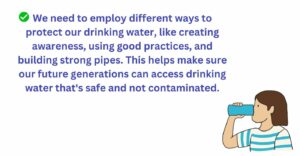
Get 7 Days Risk Free Trial
Conclusion
This is why it’s important to know how water becomes dirty to keep our water clean. It is difficult to deal with challenges that arise from companies, farms, trash, and cities. To protect our drinking water, we must use a variety of methods, including raising awareness, implementing best practices, and installing robust pipelines. This helps ensure that future generations have access to safe, contaminant-free drinking water.
